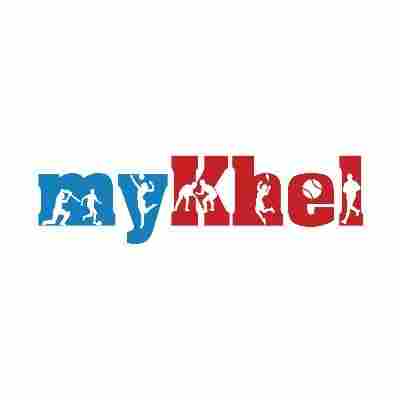Ancient Celtic Roots
Halloween’s story begins with Samhain, a significant Celtic festival. Celebrated at the end of the harvest season, Samhain marked the transition into winter.
The Celts held a deep belief that during this time, the veil between the world of the living and the dead thinned, allowing spirits to roam freely. To ward off these wandering spirits, they would light bonfires and wear costumes. This period was not just about darkness, but also a celebration of life, and a time to remember those who had passed away. It was a time of both fear and remembrance, woven into the fabric of Celtic culture.
Samhain's Core Purpose
The ancient Celts observed Samhain as a pivotal moment, coinciding with the end of the harvest. This time was believed to be a threshold where the boundaries between the living and the deceased blurred. The Celts believed that the spirits of the dead could cross over into the realm of the living more easily during this period. To counter these spirits and protect themselves, they would light bonfires. These weren't merely for warmth; they served as a protective barrier and a source of light to guide spirits, along with the wearing of costumes, a way to trick or confuse any wandering spirits, and they would also pay tribute to the dead during this time, reflecting a mix of fear and reverence for those who had passed on.
Christian Influence Emerges
As Christianity spread, it began to influence existing traditions. The Church established All Saints' Day, also known as All Hallows' Day, on November 1st. This day was a way of honoring all the saints. The night before All Hallows’ Day, known as All Hallows’ Eve, eventually transformed into the holiday we know as Halloween. This shift represents the merging of Celtic traditions with the rise of Christianity, eventually leading to the blending of ancient practices with new religious observances. The transition shows how cultural shifts and religious influences can lead to the evolution of established traditions.
Halloween Crosses the Seas
The story of Halloween continued to evolve as it spread to other parts of the world. Immigrants, notably those from Ireland and Scotland, played a significant role in bringing Halloween to the United States during the 19th century. Initially, Halloween was a more communal holiday, reflecting the traditions they had brought from their homelands. These early celebrations were community-centered, featuring games, parades, and other forms of social interaction. This adaptation in the new world helped shape what Halloween would become, moving from its ancient roots into a new, vibrant form.
Halloween’s Modern Shape
Modern Halloween presents a blend of ancient traditions and contemporary pop culture. People around the world now dress up in various costumes, ranging from spooky characters to funny ones. Houses are adorned with decorations, and themed treats and parties have become integral to the celebrations. This evolution illustrates how a holiday can be adapted and transformed, embracing new elements while retaining its core essence. The way people celebrate Halloween today showcases how traditions are preserved and reimagined through cultural shifts and societal changes.
Deeper Meaning of Halloween
Beyond the costumes and candy, Halloween encourages creativity, a sense of community, and the courage to confront fears. It is a night that celebrates both the mystical and the human spirit. The holiday gives people a chance to engage in artistic expression, fostering a sense of togetherness through shared traditions. The act of facing fears, whether real or imagined, provides a means of overcoming personal challenges. It underscores the multi-faceted nature of the holiday, which combines historical aspects with present-day practices.












